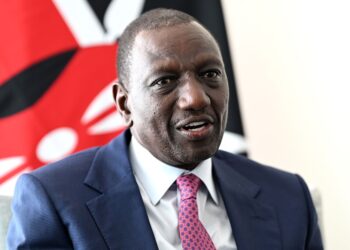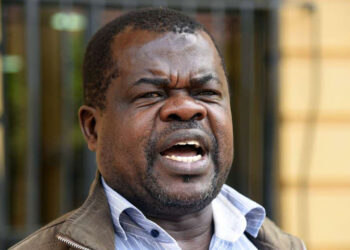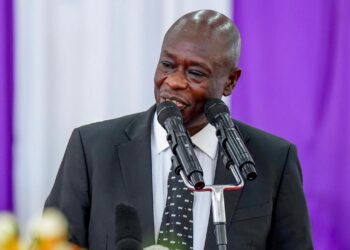Denmark’s and now Australia’s burqa or niqab ban took effect on October 1, 2025, imposing fines up to €1,000 or jail time for Muslim women caught wearing full-face veils in public, igniting fierce global backlash over religious freedoms.
The joint policy, announced amid rising security concerns, targets the niqab and burqa, symbols of conservative Islamic dress, and extends Denmark’s 2018 law while introducing Australia’s first nationwide restriction.
Critics decry it as discriminatory, while supporters hail it as a win for integration and women’s rights. In Copenhagen, Danish Prime Minister Mette Frederiksen defended the expansion during a press conference, noting it now covers schools, universities, and public transport.
“We prioritise equality and visibility in our society,” she said, echoing the 2018 ban that fined over 200 women. Violations carry initial warnings, escalating to €100 fines for repeats and up to six months in jail for defiance.
Human rights groups like Amnesty International slammed the move, calling it “a veil of intolerance” that alienates Denmark’s 300,000 Muslims. Across the globe in Canberra, Australian Prime Minister Anthony Albanese signed off on the legislation after months of parliamentary debate, influenced by security threats and cultural assimilation pushes.
The ban, effective immediately, mirrors Denmark’s, with fines starting at AUD 500 and potential 12-month sentences for non-compliance. “This isn’t about faith; it’s about shared Australian values,” Albanese stated, addressing protests outside Parliament House where hundreds of women in hijabs rallied against the “burqa crackdown”.
The Denmark-Australia burqa ban stems from a bilateral security pact forged in 2024, amid European-wide trends like Switzerland’s 2025 enforcement. Proponents cite reduced anonymity in public spaces, pointing to France’s 2010 law as a model.
Muslim leaders warn of deepened divides. Imam Ahmed Al-Mansour in Sydney told reporters, “This strips women of dignity, forcing a choice between faith and freedom.” Community fears of vigilantism have spiked, with reports of harassment in Melbourne’s suburbs.
Internationally, the bans drew UN condemnation. Special Rapporteur on Minority Issues, Javaid Rehman, urged reversal, arguing they violate Article 18 of the Universal Declaration of Human Rights on religious expression.
In the U.S., civil liberties advocates compared it to past headscarf rows, while European far-right groups cheered, with France’s Marine Le Pen tweeting support for “Europe-wide harmony”.
For affected women, the impact is personal. Aisha Rahman, a 28-year-old nurse in Brisbane, shared her dilemma: “I’ve worn the niqab since marriage—now job or jail?”
Support networks are mobilising, offering legal aid and alternative modest wear. In Denmark, universities like Aarhus are scrambling to update dress codes, balancing academic freedom with compliance.
As enforcement ramps up, patrols in major cities like Oslo, no, wait, Copenhagen and Sydney, will issue spot fines. Legal challenges loom, with the European Court of Human Rights eyeing Denmark’s case.
Meanwhile, in Australia, Indigenous leaders draw parallels to colonial impositions, broadening the debate on cultural erasure. The Denmark-Australia burqa ban underscores a tightening grip on visible Islam in the West, where 2025 polls show 55% public support amid migration anxieties.
As voices rise, it risks fuelling the very isolation policymakers aim to curb. With winter approaching, questions swirl: Will scarves suffice, or will this chill free expression further?















